Discover the fascinating history of the Kingdom of Kerma, a great rival of Pharaonic Egypt, and its rich Nubian culture.
Around 2500 BCE, south of modern-day Egypt, a powerful state emerged around the city of Kerma, in what is now Sudan. This state, later known as Kush1, would become one of the greatest rivals of Pharaonic Egypt, marking a key stage in the history of ancient Africa. By 2000 BCE, Kerma rose to the status of a regional power, with a complex society and distinct culture capable of rivaling the imposing civilization of the pharaohs.
A multi-ethnic population
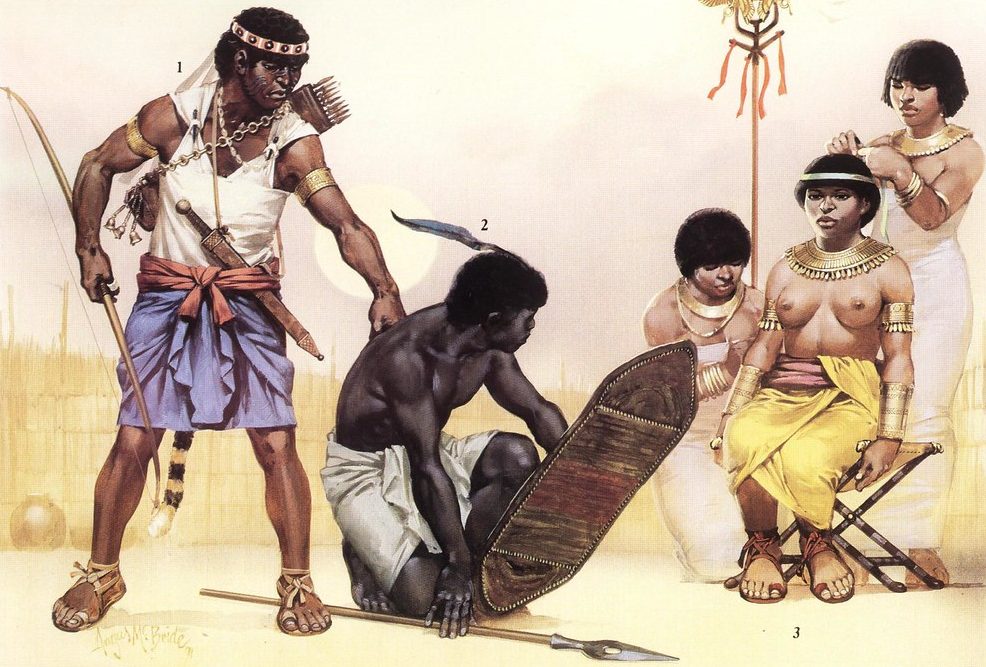
The history of the Kushites begins with the migration of populations that once lived along the Wadi Howar, a now-dry tributary of the Nile that once connected Nubia to regions further west. These populations, ancestors of modern-day Nubians and the Nara of Eritrea, contributed to the foundation of Kerma. Archaeology has highlighted the multi-ethnic nature of this society. Skull analysis from contemporary Kushite cemeteries reveals notable physical diversity. Some individuals, tall with prognathous faces, had features similar to modern-day Kenyan populations, while others, more like ancient Egyptians, had narrower noses and less prominent prognathism2. The ruling elite of Kush, however, possessed a stockier appearance, resembling Egyptians but with a more robust build.
These diverse ethnic groups coexisted within the Kingdom of Kerma, contributing to the cultural richness and diversity of this civilization. The majority of the population, however, seems to have been Nubian, sharing physical and cultural traits with their Kushite ancestors.
A language close to modern Nubian languages

Although the language of the Kushites of Kerma was not written, recent research by linguists like Claude Rilly3 has revealed that it likely belonged to the same family as modern Nubian languages. This language, spoken by the ruling elite of Kerma, was probably similar to Nara4, spoken in Eritrea, and Nyimang5. However, writing was not commonly used in Kerma to transcribe the local language. The few inscriptions found in the region are Egyptian hieroglyphs, used mainly for diplomatic and commercial exchanges with Egypt.
Remarkable architectural heritage
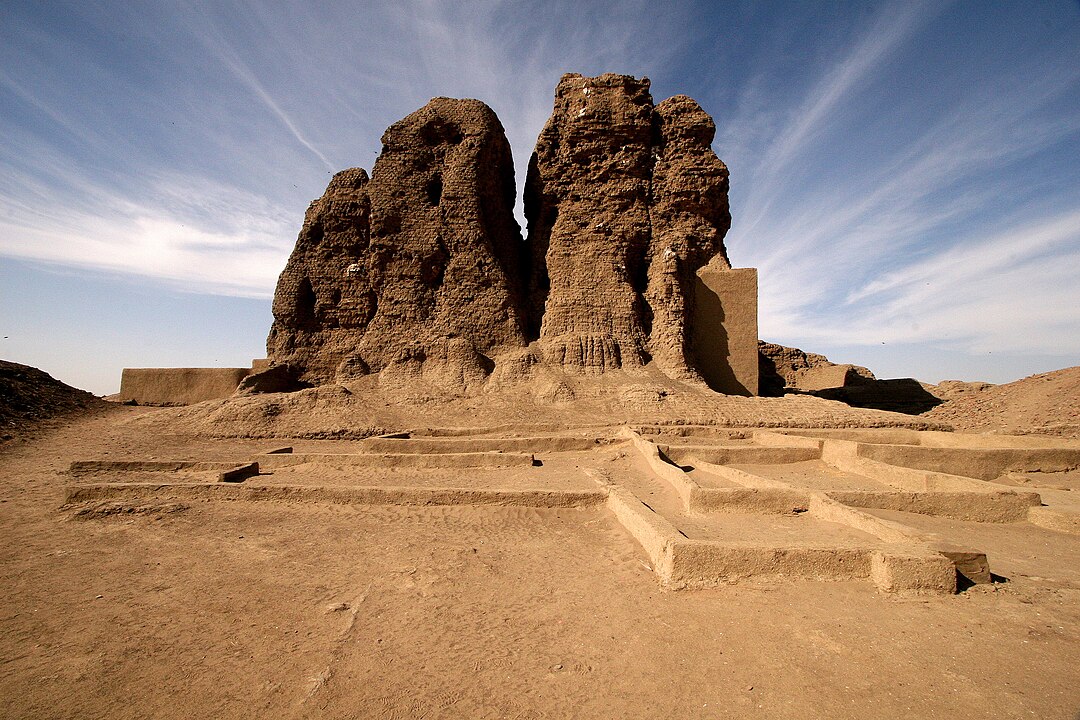
The most impressive legacy of the Kushite culture lies in its monumental architecture. Among the most iconic ruins of Kerma are the “deffufas,” massive brick temples that served as religious and social centers. Additionally, the funerary architecture of Kerma is unique. The royal tombs, often circular in shape, were decorated with cattle skulls, a direct reference to the ram god venerated by the Kushites. This ram cult, associated with the solar god Mash, underscores the importance of religion in this society. Some funerary rituals also included human sacrifices, a practice meant to accompany the deceased into the afterlife, testifying to the sacredness of death among the Kushites.
The Kushites also excelled in working with raw materials. They were cattle and goat herders, but also skilled artisans. They produced distinctive ceramics, such as the famous black-topped red pottery, and mastered bronze work, particularly for the manufacture of weapons. These artisanal productions attest to a high degree of cultural sophistication.
Kush, an enemy of Egypt
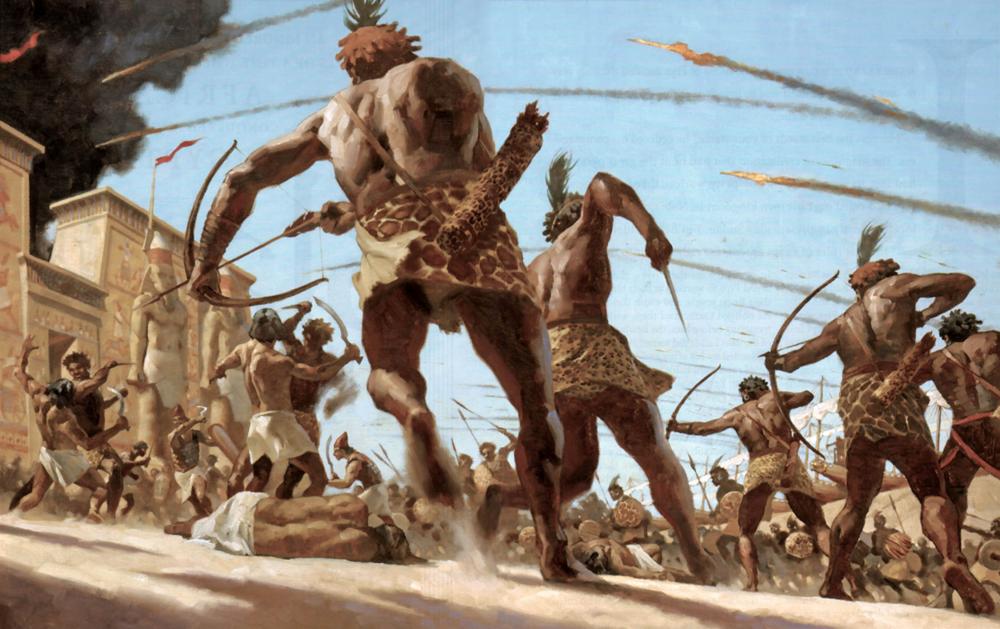
In Egyptian texts, the Kingdom of Kush appears early on as a rival of Pharaonic Egypt. Located in Upper Nubia, Kush was distinct from Lower Nubia, which was under Egyptian control in the form of the state of Wawat. The populations of these two regions, though politically different, were collectively referred to as the “Nehesiou” by the Egyptians, a word that might mean “those who mutter incantations,6” due to the reputation of the Kushites as magicians.
In the early decades of the 2nd millennium BCE, the Egyptian king Amenemhat I undertook a series of military campaigns in the region and annexed Wawat. The Egyptians established fortresses there to control trade routes and the wealth of Lower Nubia. However, their influence over Kush remained limited.
Persistent resistance and a failed invasion
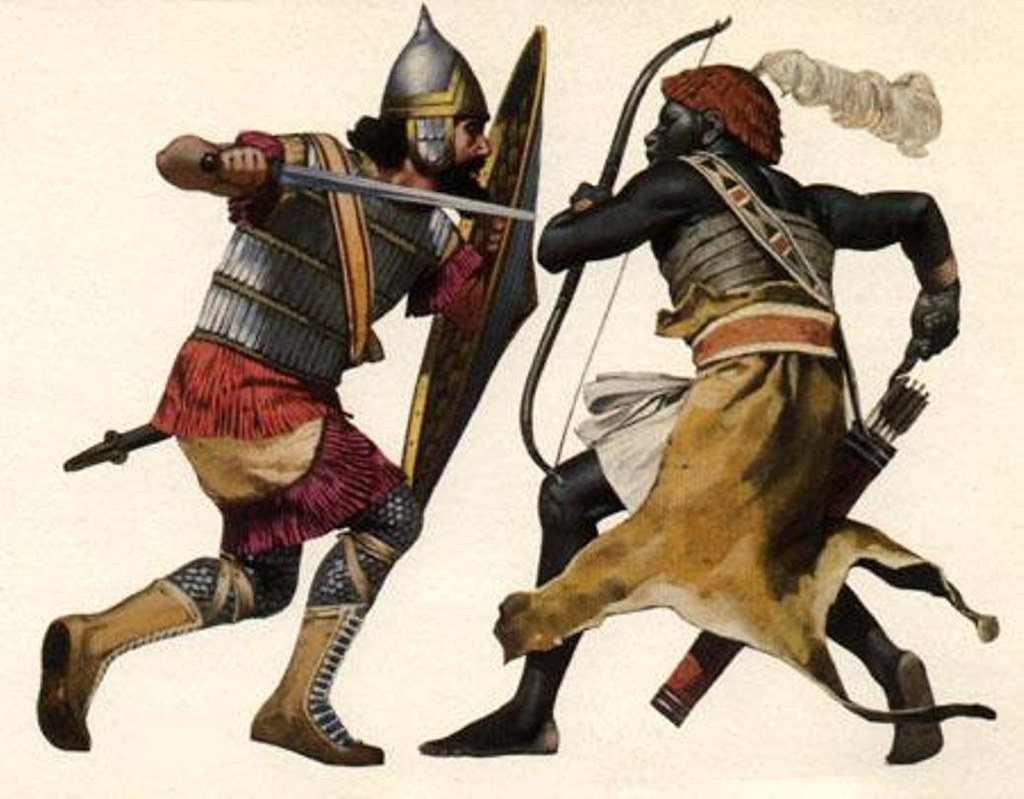
Under the reign of Senusret I7, Egypt attempted to extend its control over Kush. Although the invasion was partially successful, it failed to fully subdue the kingdom, which continued to pay tribute without being annexed. This status quo lasted until the temporary weakening of Egypt under the Hyksos’ rule in the north. During this period, Kush took the opportunity to extend its influence into Lower Nubia, conquering Egyptian fortresses in the region and establishing temporary dominance over southern Egypt.
In the 16th century BCE, a coalition of Kush, Wawat populations, the Medjay8, and the peoples of Punt dealt a heavy defeat to Egypt9, plundering it without seeking to occupy it. This military success was short-lived, as Egypt regained its strength under the Thutmosid pharaohs, who regained control of Nubia and subdued Kush.
The lasting legacy of Kerma
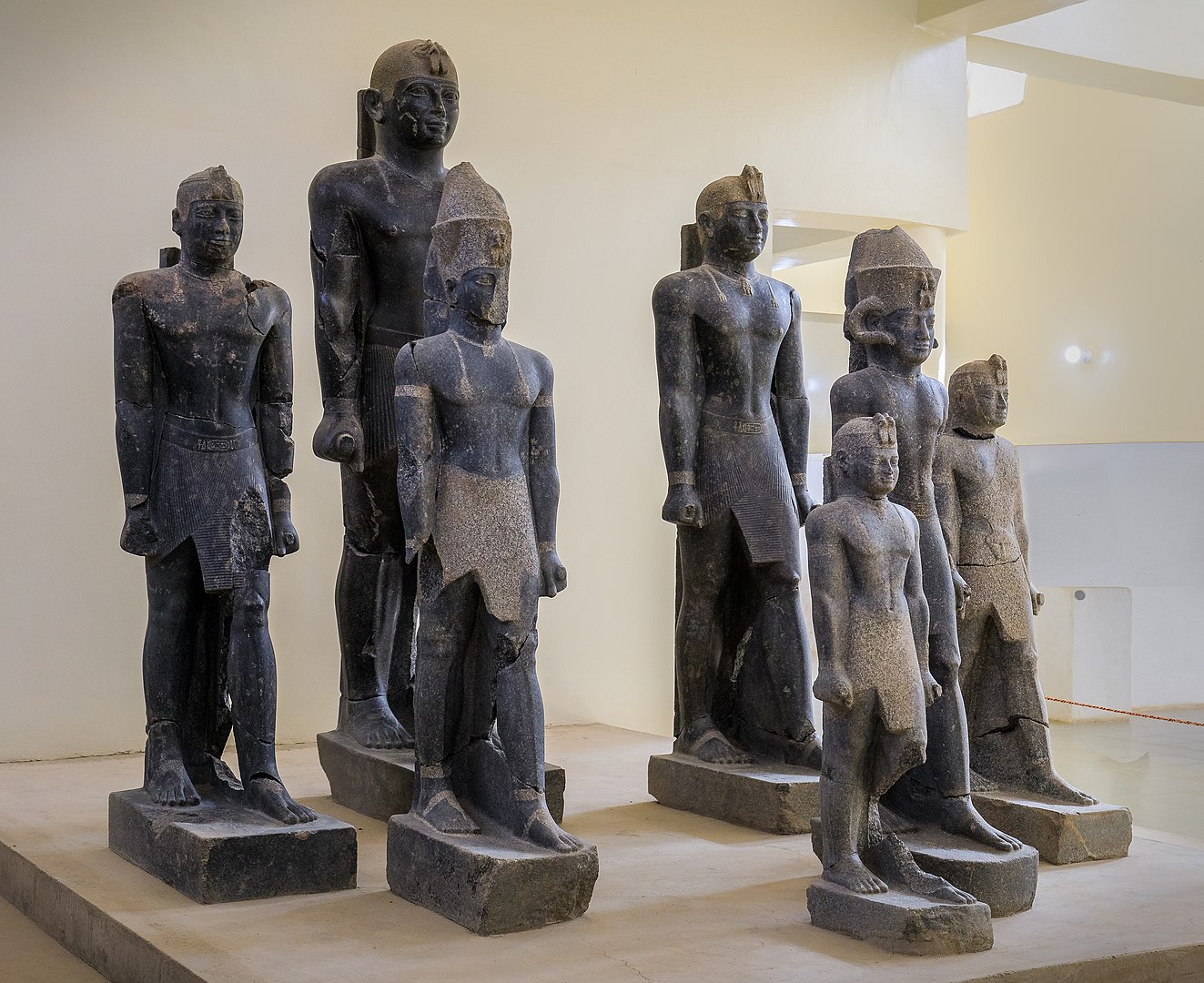
Despite the Egyptian colonization that followed, the Kingdom of Kush, and particularly the civilization of Kerma, left an indelible mark on African history. The Kingdom of Meroe, which succeeded Kerma centuries later, inherited much of the political and cultural structures established during this first period.
The Kingdom of Kerma, with its ethnic diversity, monumental architecture, and religious and artisanal traditions, remains a striking example of the sophistication of pre-colonial African civilizations. Its role as a rival to Egypt, as well as its lasting influence on the kingdoms that followed, makes it a fascinating subject of study, often overlooked but crucial for understanding the history of ancient Africa.
References
- Referred to as ks, k3s, kš, or k3š in Egyptian texts. ↩︎
- Prognathism refers to the forward projection of the jaw. ↩︎
- Cf. Claude Rilly (2007), The Language of the Kingdom of Meroe: An Overview of the Oldest Written Culture of Sub-Saharan Africa, Paris: H. Champion, and Claude Rilly (2010), Meroitic and Its Linguistic Family, Louvain: Peeters. ↩︎
- Nara (language): The Nara language is a Nilo-Saharan language spoken by the Nara, an ethnic group living primarily in Eritrea. It is closely related to modern Nubian languages, like those of the Nubians in Sudan, and likely shares common roots with the language of the ancient Kushites. ↩︎
- Nyimang (language): Nyimang is a language spoken by populations living in the Nuba Mountains, Sudan. Like modern Nubian languages, it belongs to the Nilo-Saharan language family and may have ties to the language of the ancient inhabitants of Kerma. ↩︎
- Cf. R.L.P. Etilé (2003), Study on a Negro-African Civilization, Ancient Egypt, Paris: Menaibuc. ↩︎
- Senusret I: Pharaoh of the 12th Dynasty (r. 1971-1926 BCE), Senusret I is known for his military campaigns in Nubia and his attempts to extend Egyptian influence over the Kingdom of Kush. Although he succeeded in imposing tribute on Kush, he did not annex the kingdom, which continued to exist as a distinct entity. ↩︎
- Medjay: The Medjay were a Nubian people from the region between the first and second cataracts of the Nile. They were renowned for their bravery and skills as warriors and scouts. Under the Egyptian Empire, they were integrated into the military and became an important police force in the Egyptian deserts and Nubian borderlands. ↩︎
- Dalya Alberge (July 28, 2003), Tomb Reveals Ancient Egypt’s Humiliating Secret, The Times (London). ↩︎
